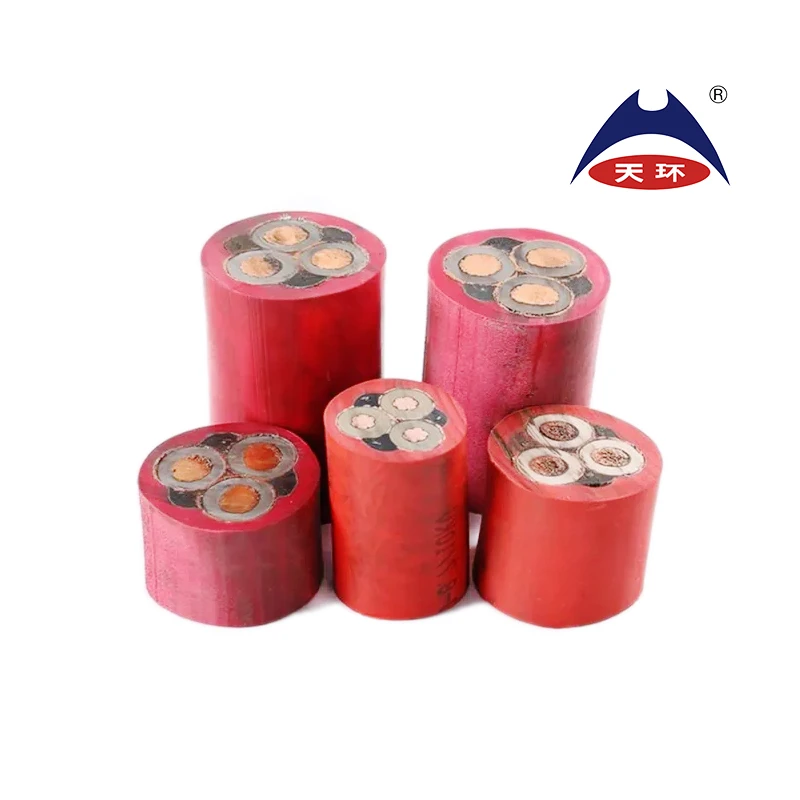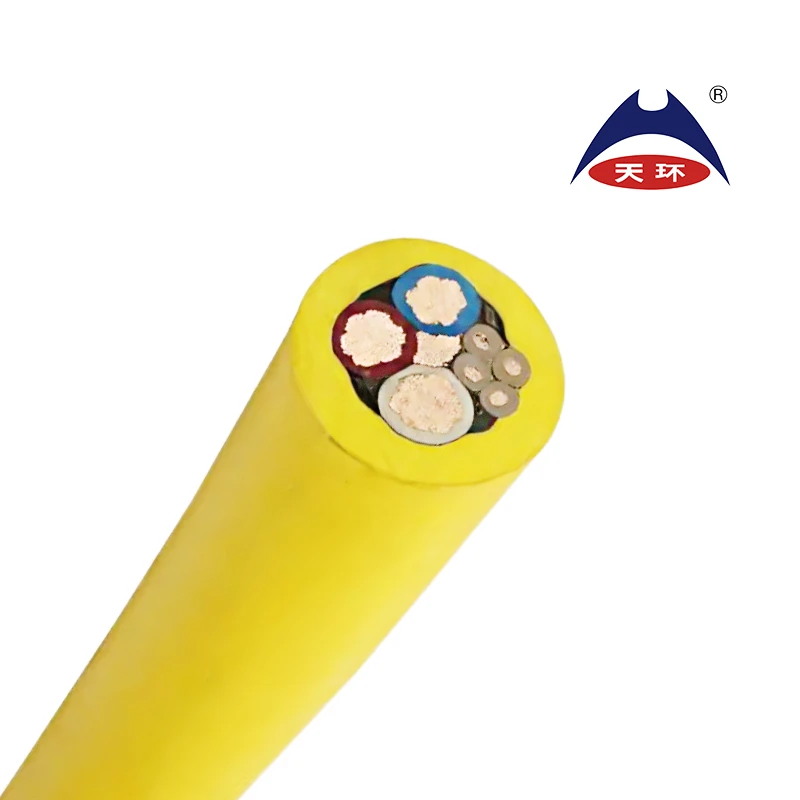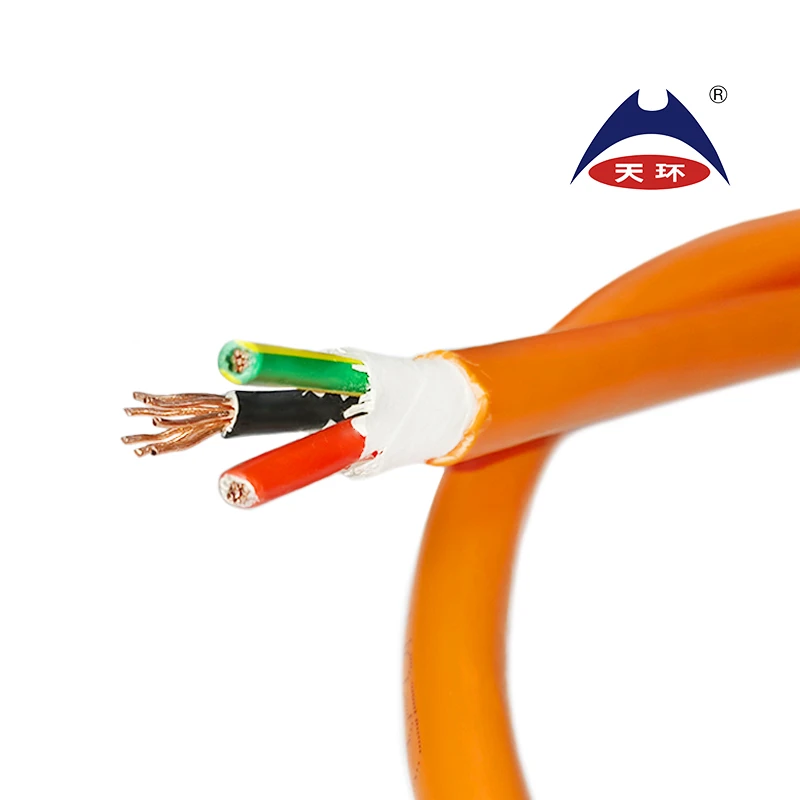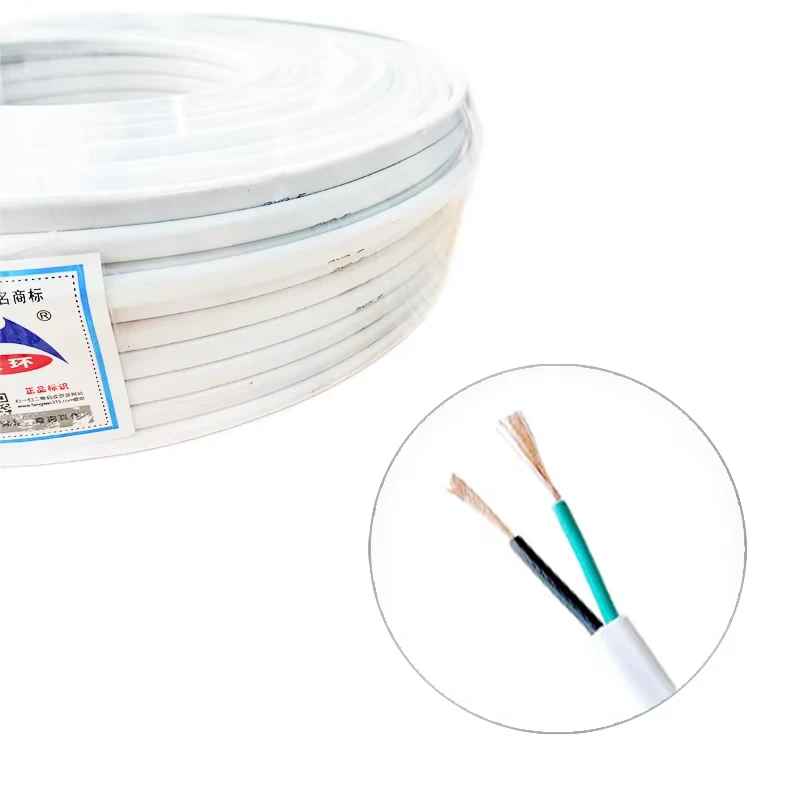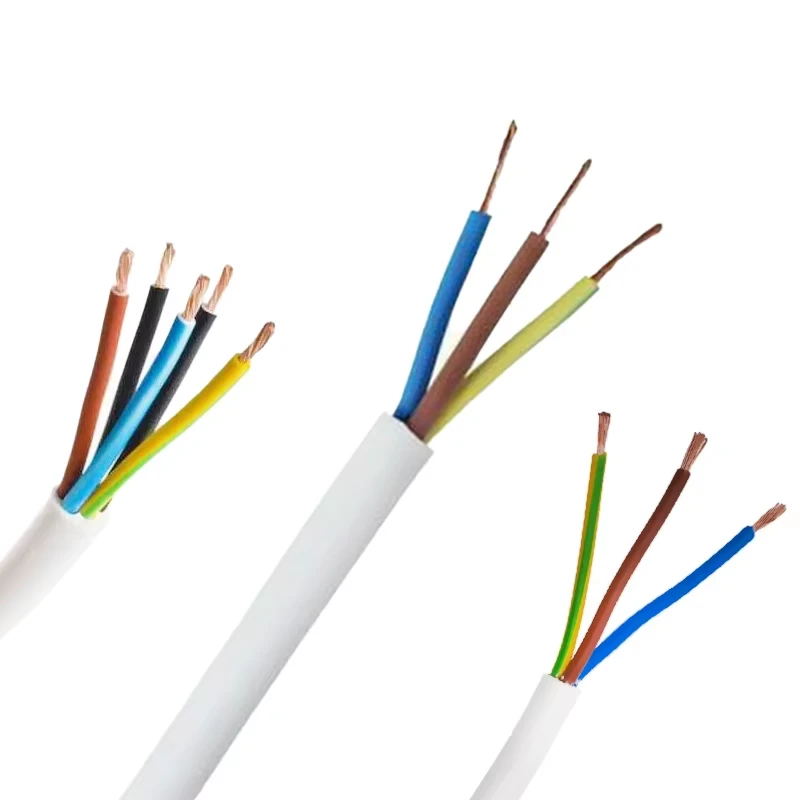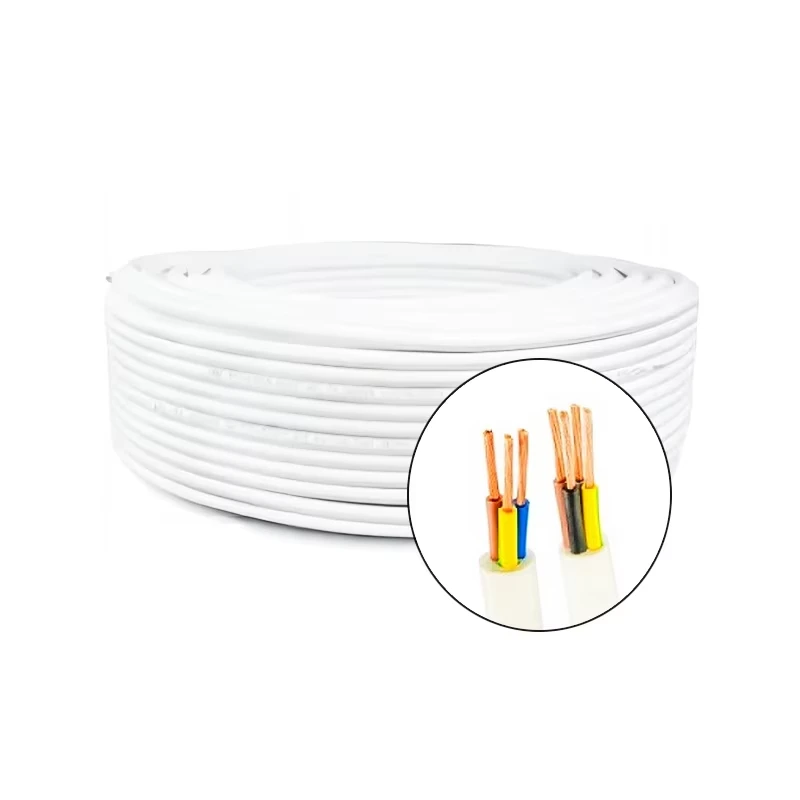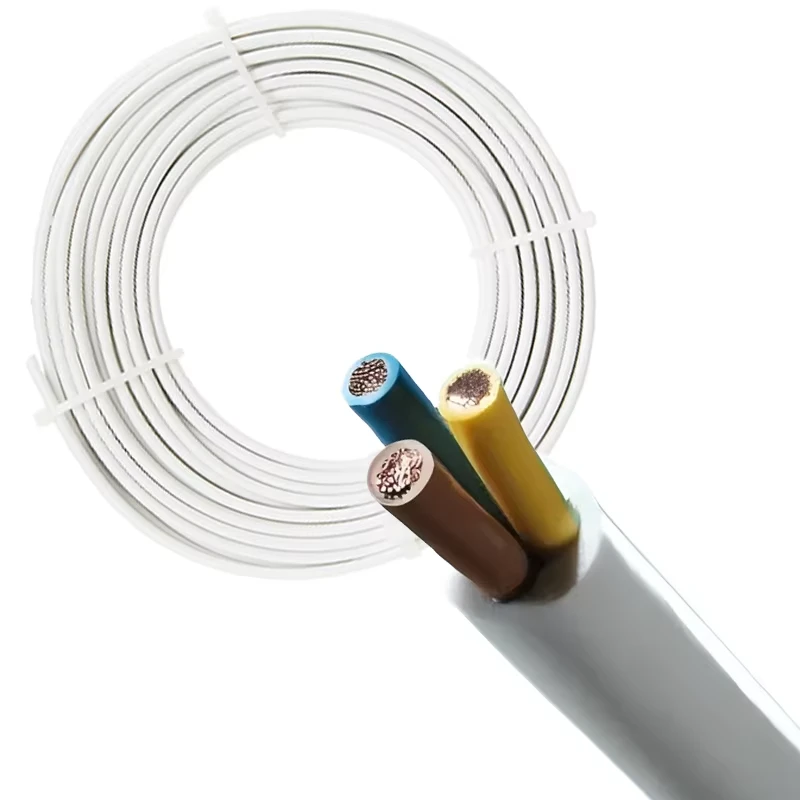
Emerging Trends in Wholesale Power Cable Construction for Enhanced Infrastructure Development and Energy Efficiency
Wholesale Construction of Power Cable An Overview
The wholesale construction of power cable is a crucial aspect of the electrical and telecommunication industries, underpinning the distribution of electricity and communication signals across vast distances. The increasing demand for energy, driven by urbanization, technological advancement, and the transition towards renewable energy sources, has propelled the power cable market to new heights. This article delves into the various components associated with the wholesale construction of power cables, the types available, and the key trends shaping the industry.
Understanding Power Cables
Power cables are essential for transmitting electrical power from one point to another, ensuring that energy reaches consumers efficiently and reliably. These cables are typically constructed with a combination of conductive materials, insulation, and protective layers, with copper and aluminum being the most commonly used conductive materials due to their excellent conductivity and flexibility. The insulation, often made from materials like PVC or cross-linked polyethylene, is critical for protecting the conductor and ensuring safe operation under various environmental conditions.
Types of Power Cables
In wholesale construction, power cables are categorized based on their application and installation environment. The two main types include
1. Low Voltage Power Cables Generally used for distribution in residential and commercial applications. They are designed to operate at voltages up to 1kV and are suitable for indoor and outdoor installations.
2. Medium to High Voltage Power Cables Utilized for transmission over longer distances, typically operating at voltages ranging from 1kV to 33kV or more. These cables require more robust insulation and protective layers to withstand higher voltage levels and environmental factors.
3. Specialty Cables This category includes submarine cables, underground cables, and cables designed for specific industries, such as renewable energy. Given the unique challenges associated with each environment, these cables often have specialized construction techniques and materials.
wholesale construction of power cable
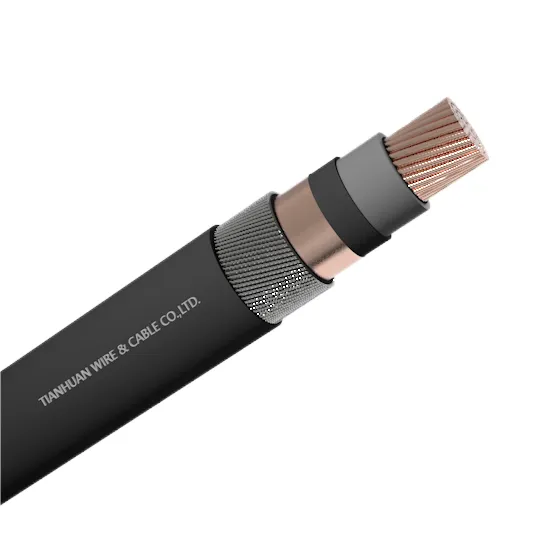
The Wholesale Construction Process
The construction of power cables at a wholesale level involves several steps, each critical to ensuring quality and reliability. The process typically begins with the selection of high-quality raw materials. Manufacturers must adhere to stringent international standards to ensure the durability and safety of the cables.
Once the materials are sourced, the cable manufacturing process involves several stages, including wire drawing, insulation application, and sheathing. Advanced machinery and technology are employed to maintain precision and consistency throughout the production process. The quality control measures at each phase, from material selection to final testing, are vital to the integrity of the finished product.
Trends Shaping the Wholesale Power Cable Market
Several trends are influencing the wholesale construction of power cables. One significant factor is the shift towards renewable energy sources, such as wind and solar power. This shift necessitates the development of new cable designs that can handle varying voltage levels and environmental conditions associated with renewable energy installations.
Another trend is the growing importance of sustainability in manufacturing processes. Manufacturers are increasingly focusing on reducing their carbon footprint and utilizing eco-friendly materials, thus aligning with global environmental goals.
Digitalization and the Internet of Things (IoT) are also reshaping the industry. Smart cables equipped with sensors can monitor conditions in real-time, enhancing efficiency and safety. This advancement is particularly crucial as energy networks become more integrated and complex.
Conclusion
The wholesale construction of power cables is a sophisticated and vital sector influencing how electricity is distributed and consumed globally. As demand continues to evolve, industry stakeholders must remain agile, adapting to new technologies, sustainability practices, and growing energy needs. By understanding the intricacies of power cable construction, businesses can better position themselves to capitalize on emerging opportunities and contribute to a more connected and sustainable future.
-
Reliable LIYCY Cable Solutions for Low and Medium Voltage ApplicationsNewsJul.14,2025
-
Premium Overhead Electrical Wire Solutions for Low and Medium Voltage ApplicationsNewsJul.14,2025
-
Innovative XLPE Electrical Cable Solutions for Modern Low and Medium Voltage NetworksNewsJul.14,2025
-
High-Quality Ethylene Propylene Rubber Cable – Durable EPDM Cable & 1.5 mm 3 Core OptionsNewsJul.14,2025
-
Exploring the Versatility of H1Z2Z2-K 1X4mm2 Cables in Modern ApplicationsNewsJul.14,2025
-
Uses of Construction WiresNewsJul.14,2025
-
Types of Neoprene CableNewsJul.14,2025





